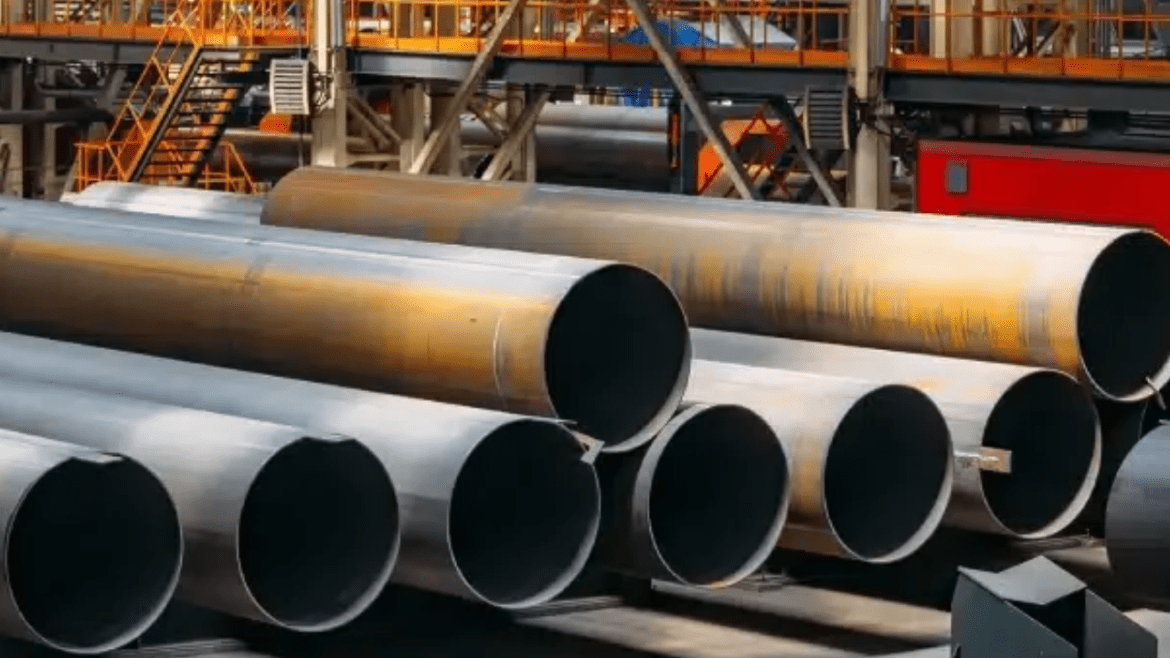In the world of carbon steel pipes, ASTM A53 and ASTM A106 emerge as key standards, each designed to suit specific requirements and operating conditions. A53 is tailored for a wide range of applications, including mechanical and pressure services, and meets a variety of fluid conveyance requirements. ASTM A106, on the other hand, takes a more specialized approach, focusing primarily on seamless carbon steel pipes suited for use at high temperatures.
Both standards have similar chemical compositions, with a focus on carbon, manganese, phosphorus, sulfur, and trace elements. While both astm a53 vs a106 use seamless steel pipes, they serve diverse purposes and have significant distinctions. ASTM A53 has a broader reach, including seamless and welded pipes. This specific concentration makes A106 ideal for businesses like refineries, power plants, and other situations with high temperatures and pressures.
Considerations for Optimal Selection between ASTM A53 and ASTM A106 Pipes
The selection of the right steel pipe is a critical decision in many industries where fluid or gas transportation is involved. Two common specifications, ASTM A53 and ASTM A106, often stand at the forefront of this decision-making process. In this article, we delve into the key considerations that engineers and project managers should take into account when choosing between ASTM A53 and ASTM A106 pipes.
Knowing the Differences
Understanding the key differences between ASTM A53 and ASTM A106 is the first step towards making an informed decision between the two standards. While both requirements apply to seamless and welded carbon steel pipes, ASTM A53 is intended for general-purpose applications, whereas ASTM A106 is designed primarily for high-temperature usage. The choice between them frequently comes down to the project’s specific requirements.
Temperature Considerations
Temperature considerations are paramount when choosing between ASTM A53 and ASTM A106 pipes. ASTM A53, suitable for lower operating temperatures up to 750°F (399°C), is commonly used in various industries. Conversely, ASTM A106, designed for high-temperature services, proves indispensable in applications where temperatures can reach up to 1200°F (649°C), making it the preferred choice for environments with elevated heat levels like power plants and refineries.
Manufacturing Process
Another critical factor in the decision-making process is the manufacturing process employed for each specification. ASTM A53 pipes can be produced through either the seamless or electric-resistance-welded process, providing flexibility in manufacturing. On the other hand, ASTM A106 pipes are exclusively manufactured through a seamless process, eliminating any potential weaknesses introduced by welding. The manufacturing process can impact the overall strength, reliability, and cost of the pipes.
Application Suitability
Application suitability plays a pivotal role in choosing between ASTM A53 and ASTM A106 pipes. ASTM A53, known for its versatility and cost-effectiveness, is favored in general applications like construction. In contrast, ASTM A106, tailored for high-temperature services, excels in environments demanding elevated heat resistance, such as power plants. Selecting the appropriate specification based on the specific application ensures optimal performance and longevity in diverse industrial settings.
Chemical Composition Requirements
While ASTM A53 and ASTM A106 have comparable chemical compositions, there may be slight variances in the strictness of their criteria. It is critical to assess the particular chemical composition specified by each standard and determine whether any deviations affect the pipe’s intended purpose. Understanding these distinctions ensures adherence to industry standards and project specifications.
Cost Considerations
Cost is an important consideration in every project, and the decision between ASTM A53 and ASTM A106 might affect the entire budget. ASTM A53 is often less expensive since it is more widely available and produced using a variety of techniques. In contrast, ASTM A106, with its smooth manufacturing method and appropriateness for high-temperature applications, may have a greater cost.
Regulatory and Industry Compliance
Industry norms and standards must be followed at all times. To ensure compliance with the stipulated standards, both ASTM A53 and ASTM A106 pipes go through rigorous testing and inspection processes. Engineers and project managers should ensure that the chosen specification meets the regulatory requirements of the industry where the pipes will be used.
Remarks
Choosing between ASTM A53 and ASTM A106 pipes necessitates a thorough study of many criteria. Engineers and project managers can make an informed selection that is tailored to the specific needs of their projects by carefully considering the options. Each standard has strengths and applications, and recognizing these differences is critical to determining the optimal decision for the project’s goals and requirements.
